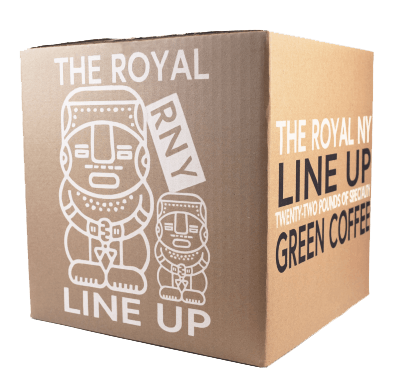No products in the cart.

Coffee Processing: Wet-Hulled
Wet-hulled coffee is primarily found in Indonesia and the surrounding islands. Removing the parchment layer early, allows coffee to dry extremely quickly.
First, coffee is picked typically by hand. The picked cherries might be “floated” in water to remove any over-ripe cherries, leaves, sticks, or other debris. Coffee will also typically float if the seed did not develop properly or was damaged in some way.
The “sinkers” are then depulped either using wooden, hand operated equipment at the farm or a more industrial model may circulate around the community, like this one strapped to a bike.
The pulped coffee will be soaked in buckets to ferment overnight, or it may be packed into bags for a dry fermentation. The following day, it will be laid out to partially dry to about 40% moisture. At this point it is known as Labu coffee or wet-parchment coffee.
The partially dry coffee will be sold to a collector or mill. The woody parchment layer will be removed while the coffee is still wet. In all other processing styles, this layer remains until the seed is fully dried.
The coffee will dry rapidly without the parchment layer. Drying times may be as fast as two days, but the seed is extremeley vulnerable to bruising and absorbing the flavors of the environment it dries in.



